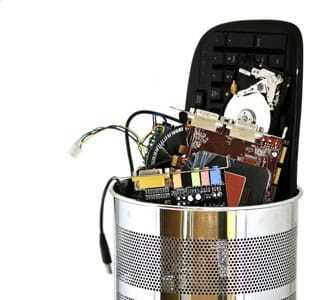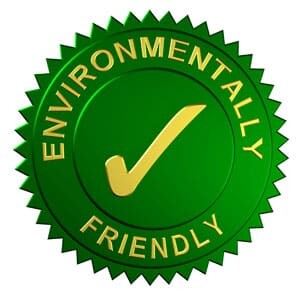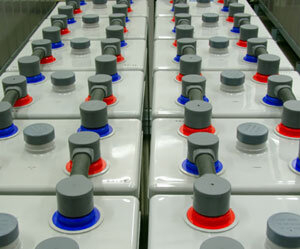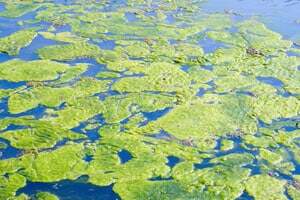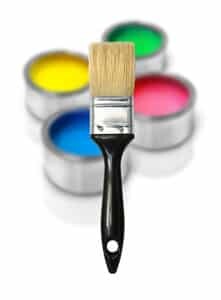 An amazing invention has been nurtured and developed by a university professor hailing from Newcastle on the New South Wales coast of Australia. It’s revolutionary and it will transform our lives in the coming decades! The invention was first publicised in 2010 on the ABC’s New Inventors program, winning both its episode and the peoples’ choice award.[1]
An amazing invention has been nurtured and developed by a university professor hailing from Newcastle on the New South Wales coast of Australia. It’s revolutionary and it will transform our lives in the coming decades! The invention was first publicised in 2010 on the ABC’s New Inventors program, winning both its episode and the peoples’ choice award.[1]
Professor Paul Dastoor works as a physics professor at the University of Newcastle and has worked on the project for a number of years. His novel idea – to paint solar panels onto ordinary glass surfaces, may well lead to every household in Australia being able to generate their own electricity in an economical and sustainable manner.
The basis of the new technology is the idea that “photovoltaic devices made from conducting polymers show great promise as a new technology for renewable energy.”[2] Put simply, small solar conducting units – nanoparticles – can in fact be suspended in a water-based paint and then painted onto surfaces, transforming these into solar panels that can supply homes and businesses with clean and efficient energy.
In the first phase of development, the solar paint will first be applied to sheets that are placed on the rooves of houses and other suitable building surfaces. But in the longer term, it is conceivable the material will eventually be painted directly onto rooves or other building surfaces. “They will use the same standard inverter technology used by conventional solar cells to connect the electricity grid network…and ultimately it will mean that every house in Australia will be able to generate its own electricity form a sustainable and renewable resource, using a paint coating on their own buildings and rooves.”[3]
The nanoparticles are so small they measure in terms of billionths of a millimetre. They can also be printed onto surfaces such as glass, plastics and metals and may well be on the market within 2-5 years. The technology is described as “third generations solar” whereby the solar panel materials are fully incorporated into standard building materials.
The team led by Professor Dastoor have been working on the invention for more than a decade. They state the inspiration for this research work and invention “is the firm belief that the greatest challenge currently facing the planet is the urgent need for developing new ways of generating energy sustainability. The increasing demand for energy coupled with the rapidly increasing world populations means that it is vital that we expand our global renewable energy resources” as quickly as possible.
Envirosafe Solutions rejoices in the research performed by Professor Dastoor and his University of Newcastle team. Support green research and inventions and support green business and green products. Phone Envirosafe Solutions on 1300 8890 70.











